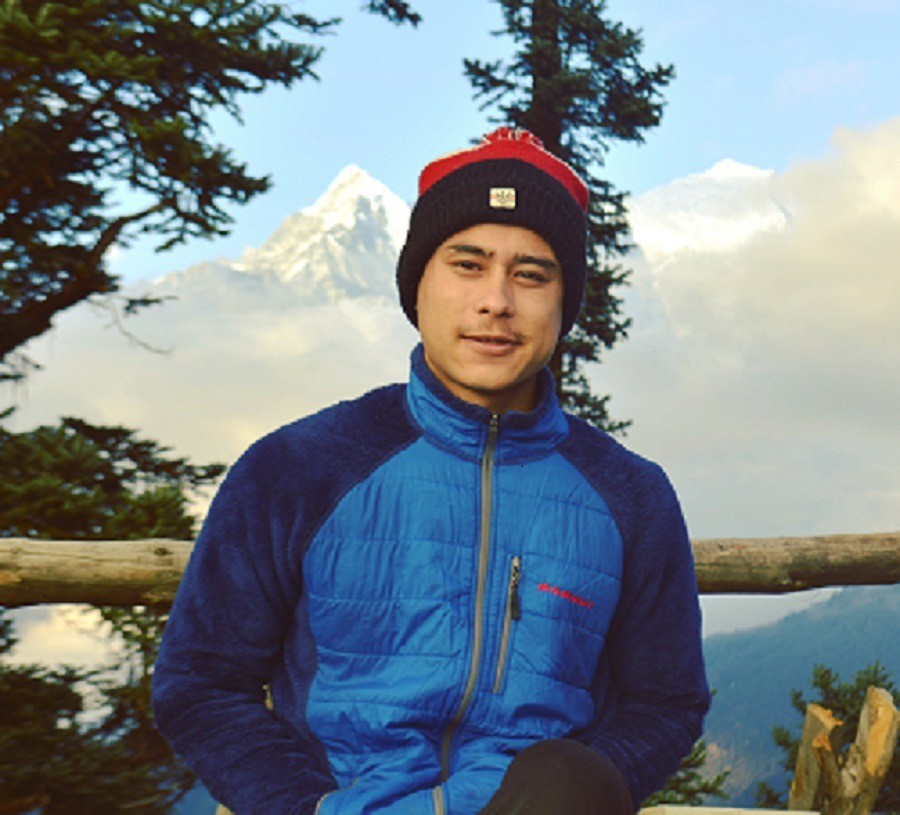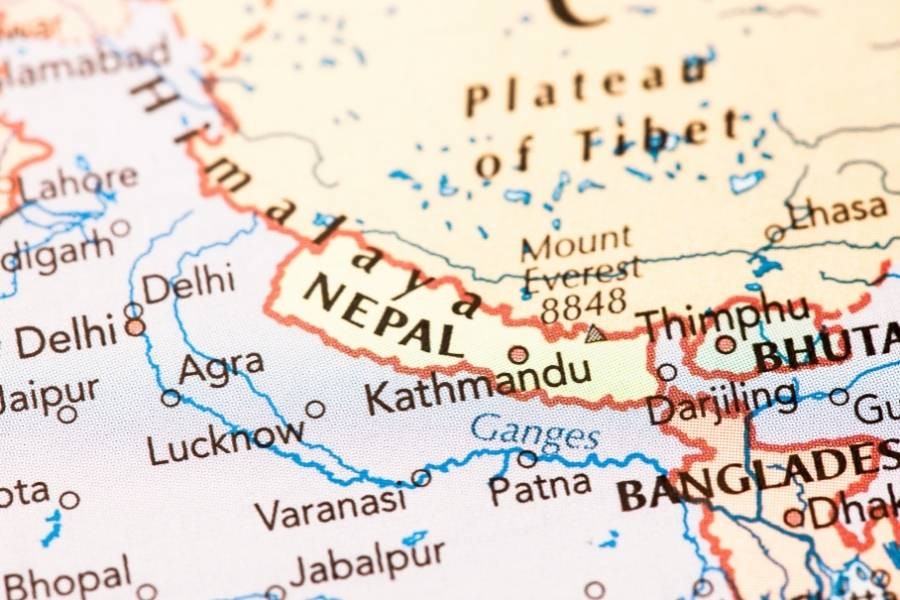Nepal Travel Information
Nepal travel information provides you a complete information before your travel to Nepal. We are a Nepal based tour operator, always happy to assist you regarding any kind of travel informations.
Nepal travel information provides you a complete information before your travel to Nepal. We are a Nepal based tour operator, always happy to assist you regarding any kind of travel informations.


| Country | Nepal |
| Demonym | Nepalese |
| Official Language | Nepali |
| Capital | Kathmandu |
| Area | 1,47,181 Sq. Km |
| Zones | 14 |
| Districts | 77 |
| Provinces | 7 |
| Currency | Nepalese Rupees (NPR) |
| Time Zone | UTC +545 |
| Calling Code | +977 |
| Driving side | Left |
| Population (Census 2011) | 26,494,504 |
| Religion (Census 2011)
Hinduism Buddhism Islam Kirat Christianity Animism Irreligion |
81.3 % 9% 4.4% 3% 1.4% 0.4% 0.5% |
Visitors expect the Indian nationals must hold passport and valid visa. Nepalese diplomatic missions and consulates abroad provide visa. Visa is also issued at the entry points. Children under 10 years are not obliged to pay any visa fee. People willing to acquire entry visa at the or any of the land entry points are required to fill a visa form with passport photograph.
Tourist visa can be obtained from the Nepal Embassy/Consulate or Mission offices abroad, or at the following immigration offices in Nepal:
Tourist Visa
| Visa Facility | Duration | Fee |
| Multiple entry | 15 days | US $30 or equivalent convertible currency |
| Multiple entry | 30 days | US $50 or equivalent convertible currency |
| Multiple entry | 90 days | US $125 or equivalent convertible currency |
| Visa extension fee(within valid visa period) | Per days | US $3 or equivalent convertible currency |
| Visa extension fee(with multiple entry) | Additional | US $25 or equivalent convertible currency |
Tourist Visa Extension
If you want to extend your visa, then visa extension fee 15 days or less is US$ 30 or equivalent convertible currency and for more than 15 days is US$ 2 per day. Tourist visa can be extended for a maximum period of 150 days in a single visa year(January to December).
Gratis (Free) Visa
Free visa is available only for tourists of SAARC countries for 30 days. Indian nationals do not require visa to enter into Nepal.
A land of majestic Himalayan scenery, Nepal is the highest place of heaven. Nepal is an exotic and mysterious place to visit in a lifetime. Nepal has many attractions, however, smiling and friendly people with their heartfelt palm-pressing greetings and the integrity of togetherness are mindblowing. The major attraction of Nepal is Mt. Everest, the birthplace of lord Buddha Lumbini, Pokhara, the city of temples Kathmandu, Annapurna region, Chitwan National Park, Langtang region, Helambu trek and so forth. The major attractions of Nepal is based on different categories are listed below:
Adventurous Sites in Nepal
Heritage Sites in Nepal
With unique geographical variations climate in Nepal differs from one place to another. In the Northern part summers are cool and winters severe, whereas tropical summer and mild winter occurs in south. Temperature in every 1000m altitude drop at the rate of 06 degree Celsius. In Terai region temperature in summer is around 37 degree Celsius and above but in winter temperature can reach under sub zero.
Kathmandu valley has a pleasant climate average temperature 19 – 35 degree Celsius in summer and 2 – 12 degree Celsius in winter. The average rainfall is about 160mm though it differs in eco-climate zones, such as 3345mm in Pokhara and -300mm in Mustang. More importantly there is no seasonal constraints on traveling in and out through Nepal.
With unique natural beauty and geographical location Nepal enjoys pleasant weather round the year. However, Nepal’s climate varies with its unique topography. The country enjoys different seasons of spring, summer, monsoon, autumn and winter. The spring and autumn offer the ideal time to visit Nepal when it is neither too hot, nor too cold.
Spring Season
Spring season in Nepal continues from March to May. spring season offers the best time to visit Nepal. In this season, the country attracts large number of tourists.
Summer Season
The month of June heralds the arrival of summer season which lasts till August. During the summer, the average temperature is approximately 28 C. however, the Terai and Hilly areas experience much higher temperature.
Monsoon Season
From June to September Nepal receives monsoon, with 2,500 millimeters of rain every year.
Autumn Season
After scorching summers and heavy rains, then comes autumn which lasts from September to November. This season is the best time to visit Nepal, as the surrounds get clear by summer and monsoon. In this season, the weather remains pleasant.
Winter Season
Nepal receives winter season during December to February. The temperature reaches almost the freezing points during these months, while hilly regions experience rough weather and heavy snowfall.
Generally, in Nepal seasons are divided into 6 seasons:
Nepali rupee is valid in all part of the country. Nepali rupee is the currency of Nepal. The currency is available in 1000, 500, 100, 50, 20, 10, 05, 02, 01 denominations. Visa card and credit cards are acceptable throughout the country. However, paper money is also essential when travelling in small town. All foreigners are expected to pay for permits to travel, hike and trek in major tourist destination. Indian currency is accepted almost all over the country.
Money Exchanges
Nepal Rastra Bank set the official exchange rates and listed in the daily newspapers. Rates at the private banks vary, but are generally not far from the official rate. Money exchange counters are established at eh international terminal at Tribhuvan International Airport and banks and borders.
ATMs
Most of the Banks have 24-hour ATMs service and are present in most towns, but some does not accept foreign bank cards. Standard Chartered Bank has 24-hour ATMs in Kathmandu and Pokhara. You need to inform your bank that you’ll be using your card in Nepal, otherwise they might suspect fraud and freeze your card.
Credit Cards
Credit cards are widely accepted at midrange and better hotels, restaurants and departmental stores in Kathmandu and Pokhara. Most places levy a 3% to 4% surcharge to cover the credit card company’s fees to the vendor. Standard chartered Bank, Nabil Bank and Himalaya bank give cash advances against Visa and Master card in Nepali rupees only and will also sell you foreign-currency travelers cheques against the cards with a 2% commission.
Major health risks in Nepal are Malaria, encephalitis, Dengue, Diarrhea and so on, which are seasonal and preventable. Major tourist destinations have at least one major hospital. Simple prevention measures can ensure you won’t affect by such diseases.
Lover of climbers and mountaineering may suffer from altitude sickness or acute mountain sickness. When ascending above 3500M you can feel nauseous, sleepless and have headaches. In such conditions descending is the best care. Carrying sunscreen with a minimum of SPF 20 is the best way to escape sunburn.
Fresh air and clear skies between October and December is the best time to visit Nepal. In this period views are scenic, so trekking, hiking, climbing mountains are perfect. Two major festivals of Nepal Dashain and Tihar also fall during this period. January and February is very cold, but will reward with incredible panoramic views and snow falls. Mils spring offers lovely rhododendrons bloom in the Himalayas. From June to August clouds obscure mountains and trails get muddy due to monsoon season. Some quick facts are:
High Season : March to May and September to November
Low Season : June to August
All Seasons : March to May, June to August, September to November, December to February
Special trekking permits must be acquired from the department of immigration, Kalikasthan, Kathmandu for trekking that falls under the restricted zones. Trekkers' information management cards (TIMS) system has been introduced for those trekking areas where trekking permits are not required.
With an aim to increase the safety and security of trekkers, this system has been introduced by the government. Trekking permits also help to improve and conserve the local area of the trekking routes.
our first-hand Himalayan travel experience